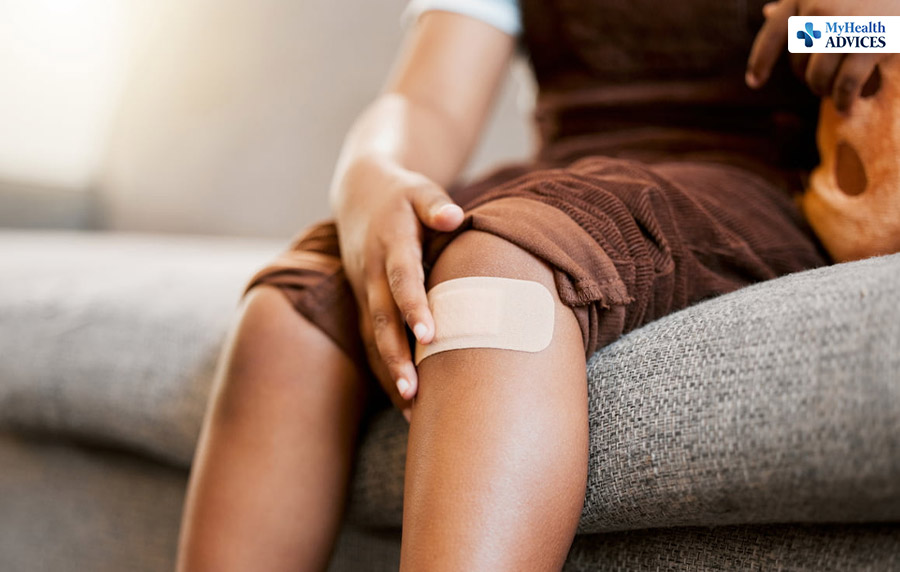Hydrocolloid bandages have revolutionized wound care by providing a humid, hermetically sealed environment for cutaneous healing. They help areas of exposed dermis, like abrasions and blemishes, recover optimally. Hydrocolloid bandages differ from conventional dressings as they have a gelation component that absorbs exudates, allowing for an efficacious environment for specific medical conditions and promoting accelerated convalescence. This has led to a paradigm shift in wound management and healing processes.
When Did Hydrocolloid Patches Come Out?
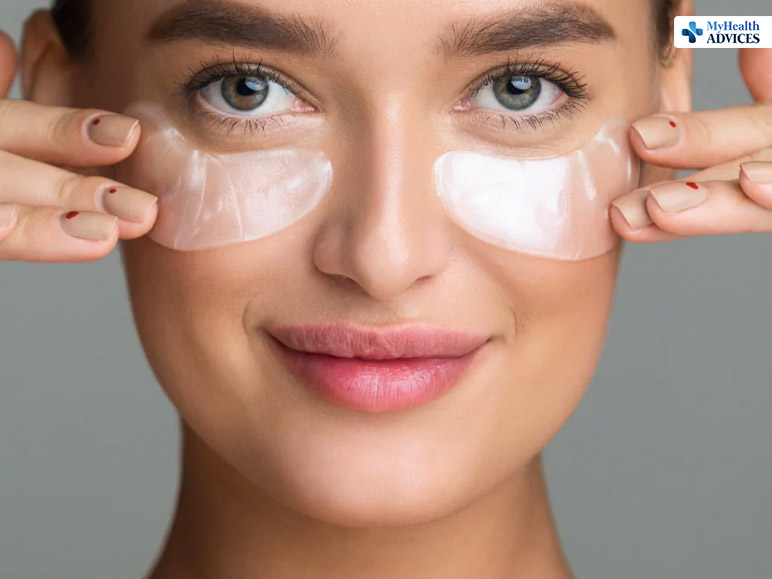
The CVS hydrocolloid bandages have their origins in the 1970s when they were first developed as embryos for use in medicine. Originally designed to heal ulcers, these bandages gradually gained popularity due to their effectiveness in treating a variety of wounds. The main goal was to create a dressing that would allow the wound to remain moist and provide the best environment possible for the body’s natural healing process.
Benefits Of Hydrocolloid Bandaging
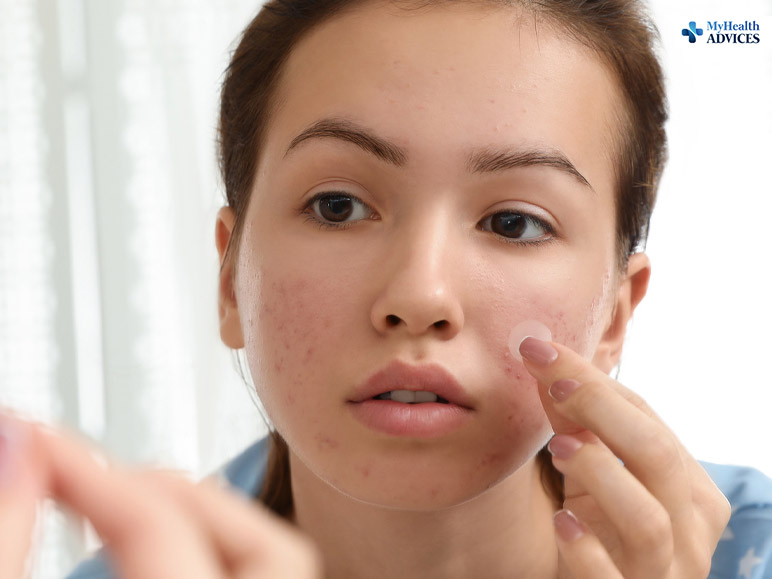
Here are the basic benefits of using hydrocolloid bandages.
Moisture Conservation: Hydrocolloid bandages exhibit prowess in upholding a humid milieu surrounding the wound, expediting the pace of convalescence.
Augmented Healing: These hydrocolloid bandages acne facilitate autolytic debridement, enabling the body’s endogenous enzymes to disintegrate necrotic tissue, expediting the recuperative journey.
Protective Encasement: Hydrocolloid bandages construct a defensive barrier, thwarting external contaminants, averting infections, and nurturing a sterile ambiance.
Application Facilitation: User-friendly, these bandages seamlessly conform to diverse wound morphologies, ensuring a secure and comfortable adherence.
Prolonged Duration of Use: Hydrocolloid bandages frequently proffer protracted wearing intervals, diminishing the need for frequent dressing alterations and mitigating disruptions to the convalescent process.
What Are The Disadvantages Of Hydrocolloid Dressing?
Economic Implication: In contrast to certain traditional dressings, hydrocolloid bandages may incur a higher cost, potentially impinging on their accessibility.
Inaptitude for Heavy Drainage: In wounds characterized by copious fluid discharge, hydrocolloid bandages might not be the optimal choice and are susceptible to swift saturation.
Restricted Transparency: The opaqueness inherent in hydrocolloid bandages poses a challenge in monitoring wounds without necessitating the removal of the dressing.
Features Of Hydrocolloid Bandaging:
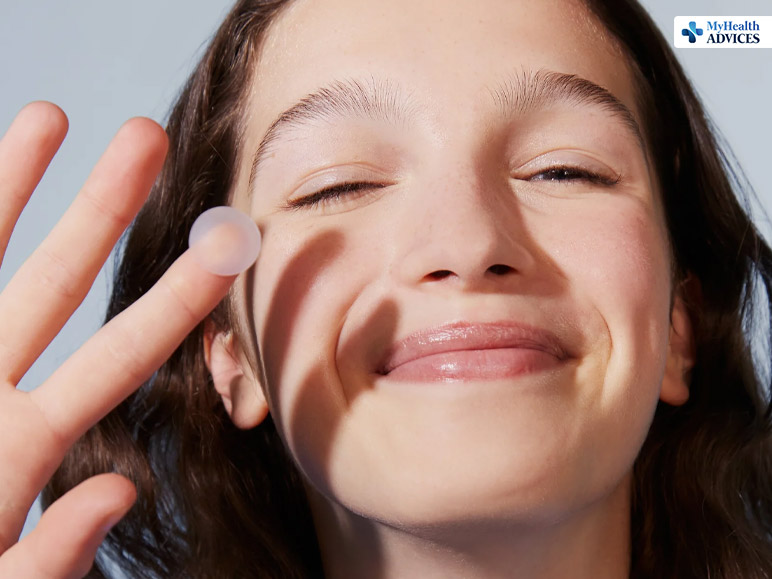
Hydrocolloid bandages distinguish themselves in the sphere of wound care for several reasons:
Advanced Absorptive Capacity: The distinctive composition empowers hydrocolloid bandages to adeptly absorb exudate while maintaining an equilibrium of optimal moisture.
Flexibility: These bandages exhibit pliancy, conforming adeptly to bodily contours, ensuring snug accommodation that amplifies comfort and efficacy.
Painless Removal: Engineered for painless detachment, hydrocolloid bandages blister minimize trauma to the wound area during removal.
Let us delve into the principles behind hydrocolloid bandages and their application in wound care and acne management.
What Are Hydrocolloid Bandages Made Of?

These bandages comprise dual strata. The external layer, or substrate, consists of slender sheets of foam or polyurethane film, forming an impermeable or semipermeable seal. This seal safeguards the wound against infectious bacteria, ensuring cleanliness.
The bandage incorporates one or more hydrocolloid materials, inducing a gel-like transformation upon absorbing wound secretions. This resultant gel engenders a moist milieu conducive to healing. The supple gel texture prevents adhesion to the wound, averting inadvertent scab removal.
The active ingredients in hydrocolloid bandages vary among manufacturers, often combining substances such as sodium carboxymethyl cellulose, gelatin, and pectin. These components confer properties like thickening, blood clot stimulation, and structural support for cellular and tissue regeneration.
Functionality Of Hydrocolloid Bandages
These bandages operate by maintaining a clean, moist environment, shielding wounds from contaminants. A 2021 study on post-dermatologic surgery wound care attested to the efficacy of hydrocolloid bandages in enhancing scar appearance. Notably, their extended adherence proved comfortable and convenient during recovery.
While a 2014 systematic review did not conclusively establish superiority for certain conditions, hydrocolloid bandages demonstrated effectiveness in maintaining a humid healing environment, controlling seepage, easing tissue breakdown, alleviating pain, and acting as a barrier against external elements.
Optimal Use Of Hydrocolloid Bandages
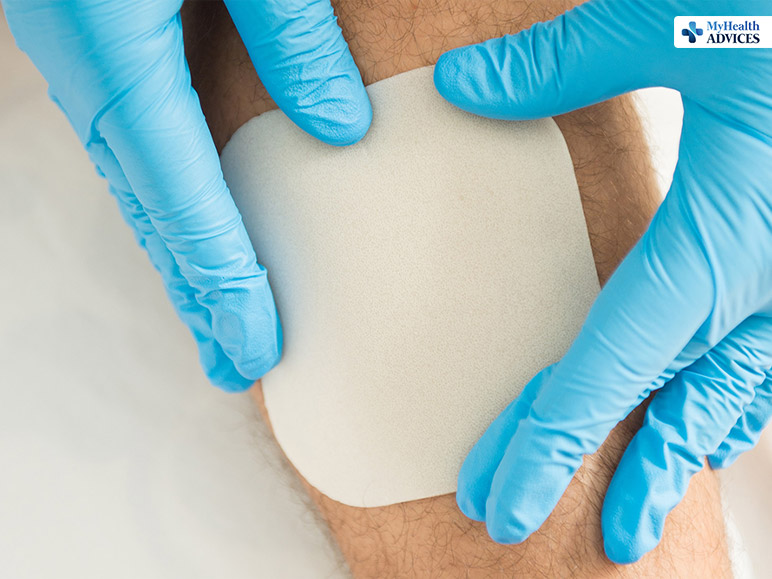
These bandages are designed for open wounds and oozing or exposed pimples, hydrocolloid bandages, being self-adhesive and waterproof, remain secure during bathing. They find application in first- or second-degree burns, abrasions, popped pimples, open blisters, cysts, diabetic foot ulcers, and bed sores.
For serious or chronic wounds, professional evaluation is imperative. Hydrocolloid bandages serve as an interim healing measure for non-infected diabetic foot ulcers and bed sores, not a substitute for stitches in extensive wounds.
Hydrocolloid bandages designed for acne, commonly known as pimple patches or stickers, may incorporate additional active agents tailored to mitigate acne outbreaks and curb sebum production. These may include tea tree oil, salicylic acid, glycolic acid, and niacinamide.
Application Guidelines For Using Hydrocolloid Bandages
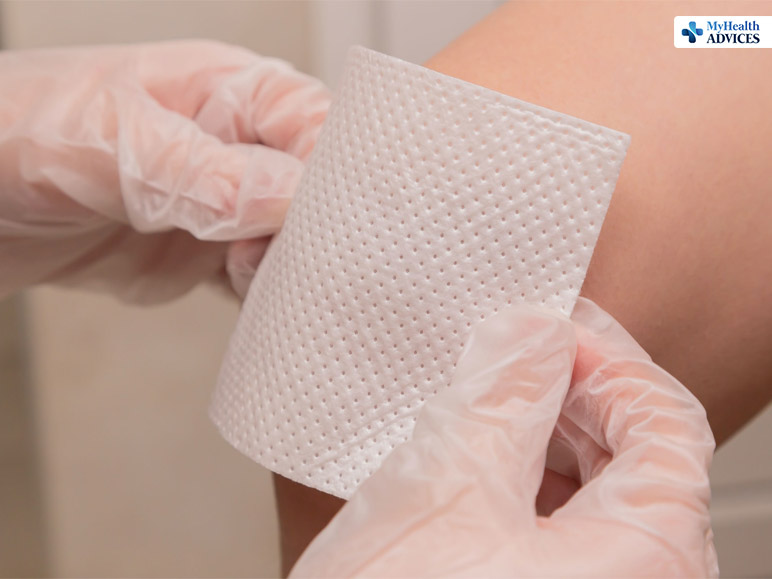
Selecting an appropriate bandage is crucial, considering variations in type, size, and shape. Adequate coverage without stretching is essential. For wounds in challenging locations, assistance may be required.
A meticulous pre-application routine involves thorough hand washing, wound cleansing with an appropriate solution, and ensuring a dry wound surface. The application involves the careful removal of the backing, gentle placement over the wound, and subsequent gel formation conforming to body contours.
Duration of Application Due to their adept drainage absorption, hydrocolloid bandages can remain in situ for an extended period, typically 3 to 7 days, depending on the bandage type. Varied internal materials dictate specific usage instructions.
Potential Risks And Side Effects:
When used as directed, hydrocolloid bandages are deemed safe. Allergies to constituent ingredients warrant avoidance. Immunocompromised individuals should consult their doctor due to the enclosed, moist environment. Caution is advised for those with thin or compromised skin surrounding wounds.
Cautionary Exclusions:
These bandages do not substitute for professional care for severe wounds. Unsuitable for heavily bleeding wounds or infected areas, hydrocolloids are not effective against cystic acne or third-degree burns.
In Conclusion:
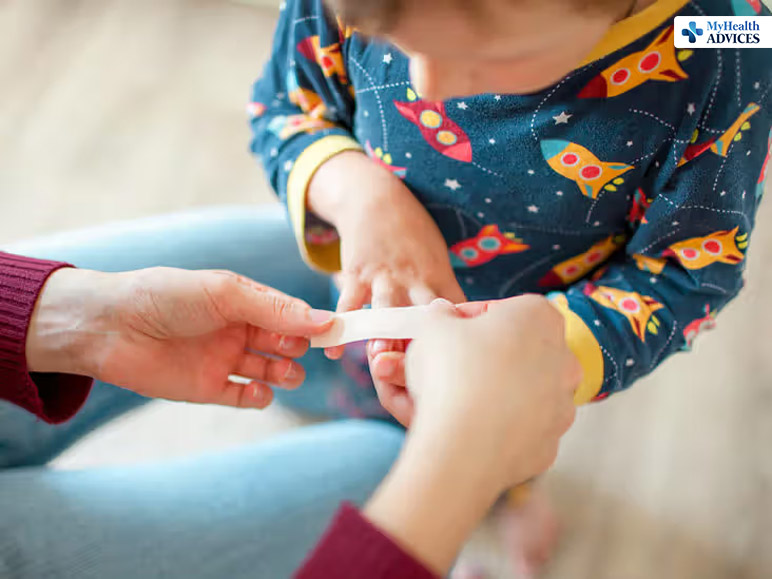
Hydrocolloid bandages emerge as a potent tool for treating open wounds and exposed pimples, fostering an environment conducive to healing. However, they are not a substitute for professional intervention in serious or chronic cases.
Read Also:
- What Is Kumquat? How To Eat It?
- Top 5 Best Theragun Massage Guns
- Ginger Benefits – Completed Health Guide

